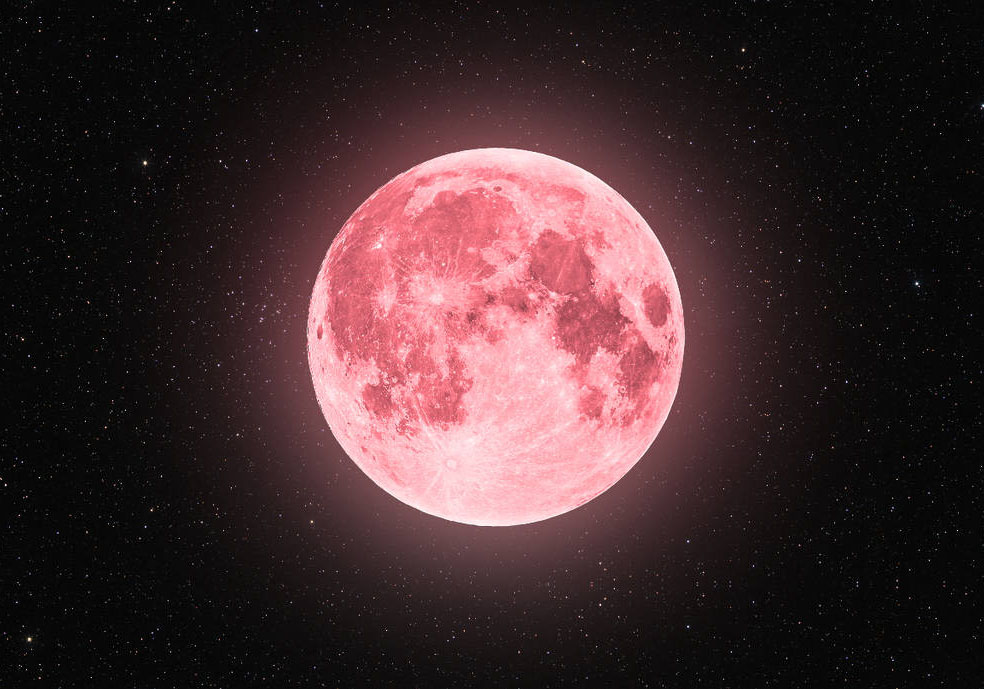
THE BEAUTY OF PINK MOON


World Press Freedom Day, observed annually on May 3rd, is a momentous occasion that underscores...
Renewable energy investments in the USA are experiencing a significant shift towards more...
Photo Credit: Getty Images When we watch Hollywood movies we get a certain kind of view of bikers...
Photo Credit: Getty Images The Naming of the Pink Moon The term "Pink Moon" originates from Native...
Photo Credit: File Photo In the wake of unprecedented challenges, the leadership of Joe Biden...
Photo Credit: Getty Images In an era of escalating climate change and environmental degradation, the need...
Photo Credit: Getty Images Celebrity culture exerts a profound influence on modern society,...
Religious and sectarian tensions have long been a defining aspect of governance in the Middle...
In a world constantly navigating the tumultuous waters of international relations, the art of...
Fan communities are integral components of the entertainment landscape, shaping the industry in...
One of the most significant consequences of colonialism was the dispossession of indigenous land....
Middle Eastern television dramas encompass a rich tapestry of genres and themes, reflecting the...